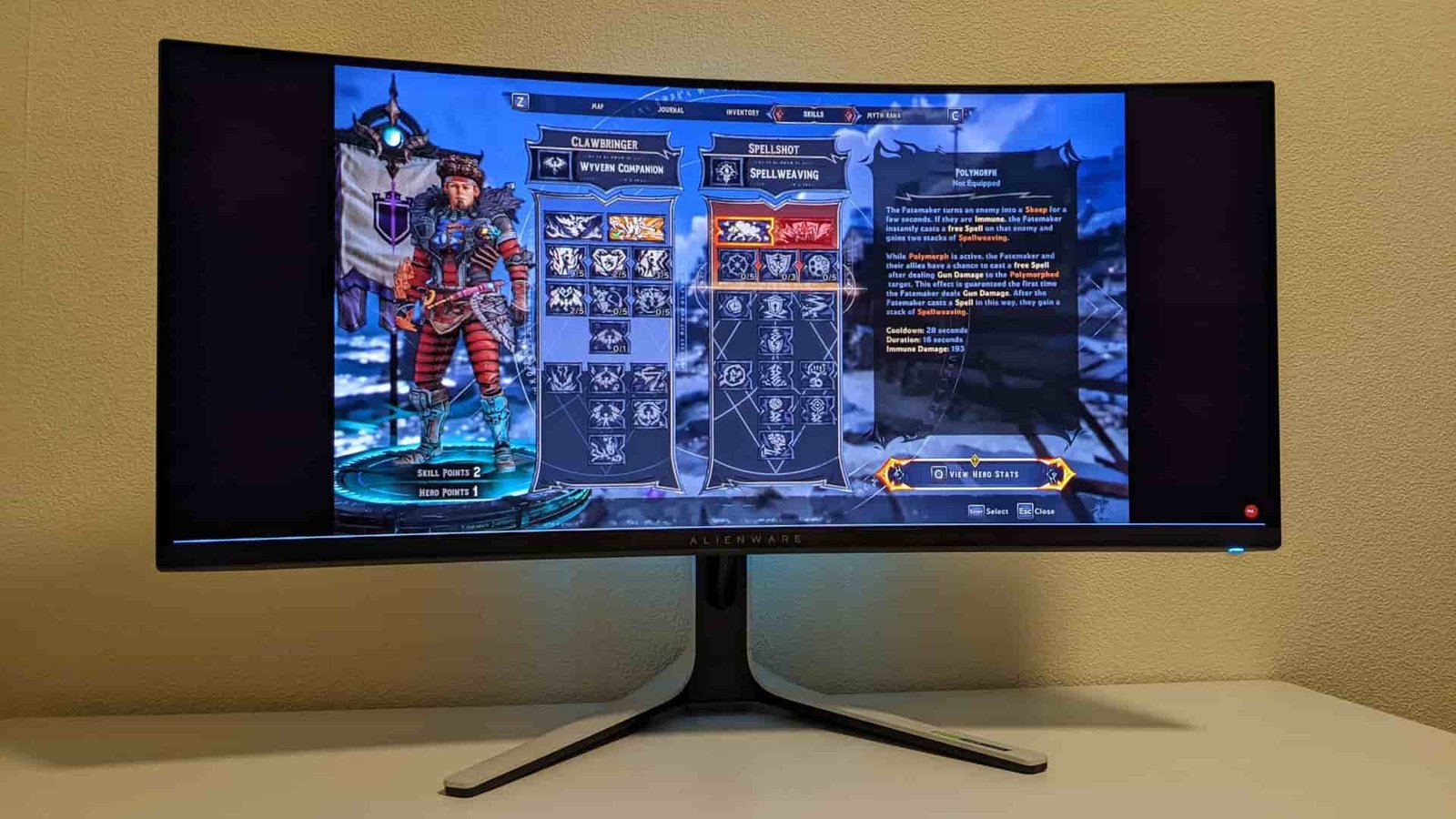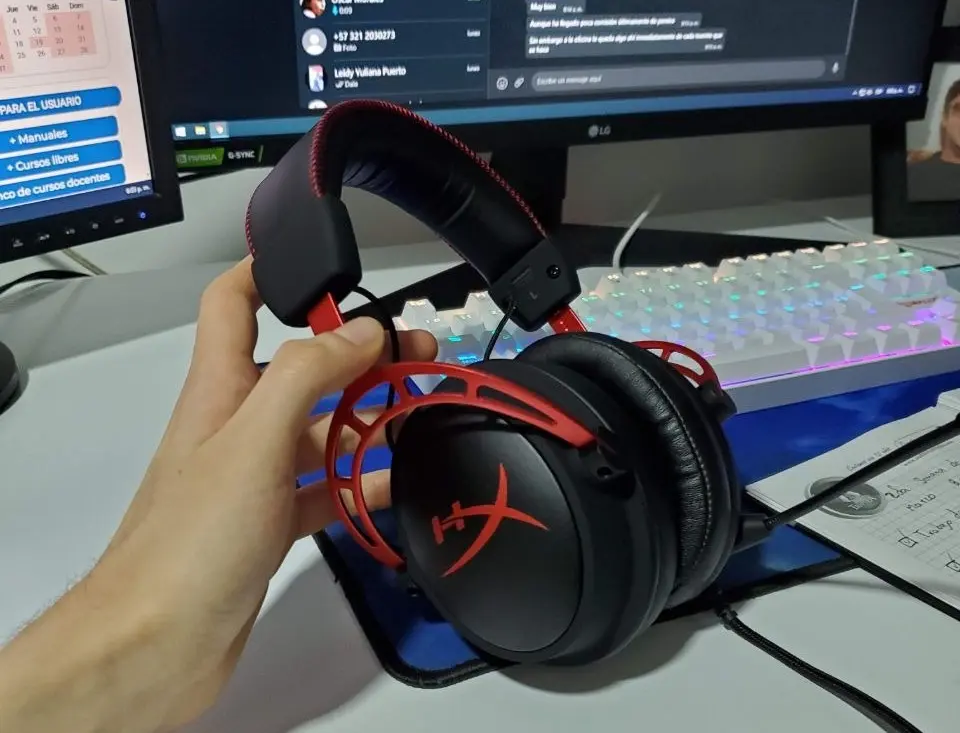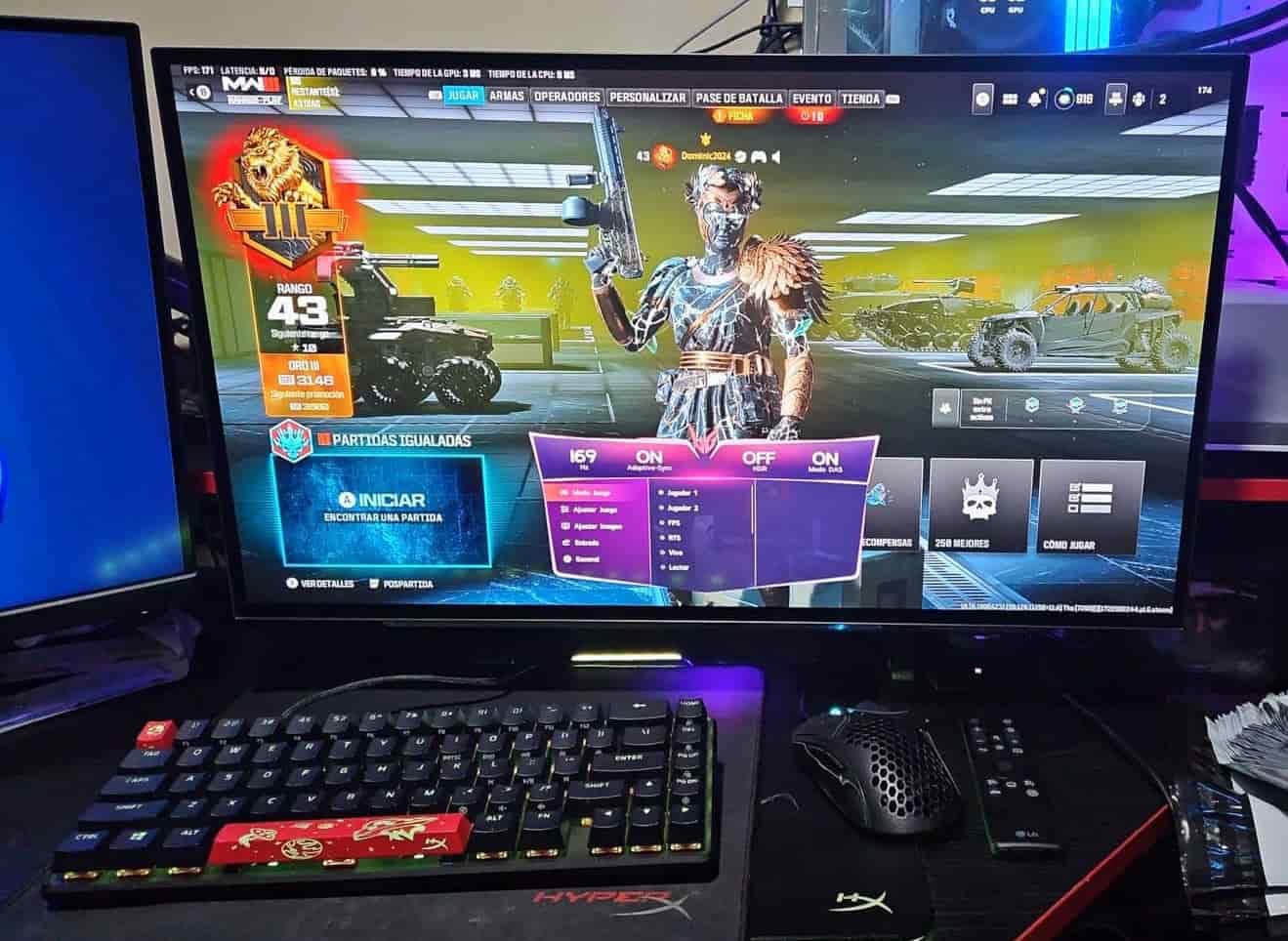Gaming latency is one of those things you don’t always see on a spec sheet, but you feel it when you start using better gear. It’s the small delay between pressing a key, moving your mouse, or clicking a button, and seeing that action happen on your screen. It’s not something you notice when you’re playing on a basic setup, but once you try a lower latency system, going back feels off.
Latency and lag are not the same. Lag is when your game stutters because your internet is struggling. Latency is the constant delay between your action and what you see in the game. Lower latency makes the game feel more connected, and your reactions feel right.
I didn’t think much about latency until I started testing monitors and mice for shooters like Valorant and CS2. Small differences in latency change how aiming feels and how your character responds when you press a key. It’s the sort of thing that quietly makes a big difference.
Types of Gaming Latency

Input Lag (Keyboard and Mouse)
Input lag is the time it takes from pressing a key or moving your mouse to seeing that action in your game. It can depend on the polling rate of your mouse and keyboard, the quality of the hardware, and how your PC handles inputs.
Testing different mice and keyboards over the years, I’ve felt how input lag can affect shooting in games like CS2 and Valorant. With a lower input lag, flicks and movements feel direct, and when you press to shoot, the shot feels like it happens when you expect it. With higher input lag, there’s a small but noticeable disconnect.
Some wireless mice with 1000Hz polling feel just like wired mice. Others, especially cheaper models, can have enough delay to throw you off when you’re aiming. Once you’ve used a setup with low input lag, you can tell when it’s not there.
Display Latency (Monitor Lag)
Display latency is often confused with refresh rate or response time, but it’s separate. It’s the time your monitor takes to show the frame your GPU sends. Even if you have a high refresh rate, if the monitor has high processing delay, it feels like a small drag when you move or shoot.

I’ve tested monitors across price ranges, and display latency makes a clear difference in how a monitor feels. Some monitors add extra delay due to built-in features, and while they might have good colours or high refresh rates, the delay affects how connected you feel to your movements in-game.
When you find a monitor with low latency, high refresh rate, and good response time, it feels solid when you play. It’s something to consider if you’re looking for a monitor that feels good to use.
Audio Latency
Audio latency is the delay between a sound happening in-game and you hearing it through your headset. It’s not something you think about until you’re trying to hear footsteps in Valorant or PUBG.
Using different headsets, I’ve noticed wired ones usually have lower audio latency. Some wireless headsets have a slight delay that can make it harder to judge where sounds are coming from. For single-player games, it might not matter, but for shooters, lower audio latency helps you react better to sounds around you.
How Latency Impacts Your Gameplay
When I tested different setups in CS2, Valorant, and Apex, I noticed latency affects more than I expected. In CS2, having lower latency helps when you peek a corner and need to hit a shot quickly. In Valorant, movement and shooting feel tighter, and tracking targets feels smoother.

Using a higher latency setup, there’s a slight delay that makes aiming feel loose, and you notice you miss shots you’d normally hit. Lower latency makes movements feel in sync with what you see, and you feel more comfortable controlling your character.
Even if you’re not aiming to compete, lower latency makes playing feel better. You notice it most when you go back to a setup with higher latency, where everything feels like there’s a slight pause after each movement or click.
Wired vs Wireless Latency in Gaming
People often ask if wireless gear has more latency than wired gear. The answer is that it depends on what you’re using.
Wired mice and keyboards usually have lower latency because they don’t need to send signals wirelessly. However, many newer wireless gaming mice and keyboards work well enough that you don’t notice a difference, especially if they have a 1000Hz polling rate and good hardware.

Wireless gear can add a bit of delay if you’re using cheaper devices. For headsets, wired models generally have less latency, but some wireless gaming headsets have modes that reduce delay and work well for gaming.
Wireless gear makes sense if you want a cleaner setup or freedom to move around, and many good wireless devices are close to wired in latency. If you want to reduce every bit of delay, wired gear still has the edge, but the gap isn’t as big as it used to be.
What Causes High Latency in Gaming?
Latency comes from different parts of your setup, not just one source.
Your monitor, peripherals, and PC processing all add to latency. Some monitors add delay due to image processing. Mice and keyboards with lower polling rates can add input lag. Even turning on features like V-Sync in games can add delay.
Your network connection can add latency in online games, but even with a good internet connection, your hardware setup affects how responsive your game feels.
Can You Reduce Gaming Latency?
You can lower latency in your setup with a few small changes:
- Turn off V-Sync if possible, as it adds delay.
- Use a high polling rate on your mouse and keyboard, like 1000Hz.
- Enable low latency modes if your GPU supports it.
- Pick a monitor with low display latency, not just high refresh rates.
- Use wired connections where possible if you want to reduce latency further.
These changes help your setup feel quicker without needing to buy the most expensive gear.
Final Thoughts
Gaming latency might not be the first thing you check when buying new gear, but it changes how your games feel. Lower latency makes your controls feel more direct, your aim more stable, and your reactions more reliable, whether you’re playing a shooter, RPG, or racing game.

When you look for new gear, check for latency alongside refresh rates and resolution. A good monitor with low latency, a mouse with a high polling rate, and a headset with low audio delay all help your games feel better to play.
If you want to see which monitors, mice, and headsets I’ve tested that feel responsive and comfortable for gaming, check out the reviews on Mamija Gaming. It’s worth looking into if you want your setup to feel good for the games you play every day.
FAQs About Gaming Latency
What is good latency for gaming?
Lower is better. Under 20ms total for display and input is solid, but under 10ms is ideal.
Is lower latency better for gaming?
Yes, lower latency helps your actions in-game happen closer to when you press or move, making games feel better.
Is lower latency better for gaming?
It can make your inputs feel delayed, aiming less accurate, and movements less comfortable.
What is acceptable input lag for gaming?
Under 10ms is good, and many gamers are fine with anything under 20ms unless you’re playing competitively.